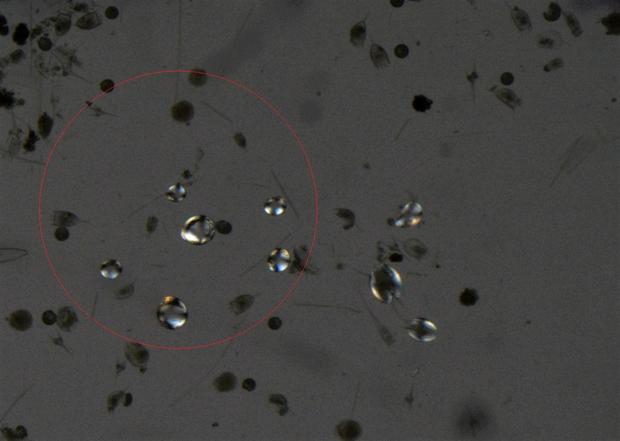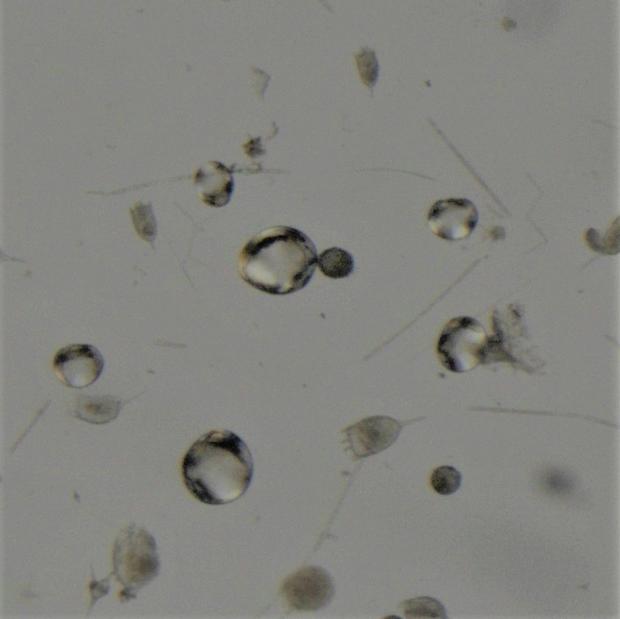Zebra Mussel Larvae Confirmed In Rainy Lake In Northern Minnesota
MINNEAPOLIS (WCCO) -- Zebra mussel larvae have been found in Rainy Lake, a popular tourist destination near International Falls in northern Minnesota.
The Minnesota Department of Natural Resources announced Wednesday that samples taken from the lake in July contained zebra mussel larvae, suggesting that there's a reproducing population of the invasive species in the lake.
Additionally, there was a report a year earlier of a single adult zebra mussel in Rainy Lake. However, at that time, no larvae were found in sample waters.
Rainy Lake straddles the Minnesota-Canadian border, and about a third of it is in Voyageurs National Park. DNR officials say the recent sample taken from the lake were found outside the park.
The DNR says it's in contact with the Canadian government, the National Parks Service and the Bois Forte Band of Chippewa regarding the zebra mussel situation in Rainy Lake and connected waters in the area.
The Minnesota DNR provided pictures of the larvae taken through a microscope. Invasive species specialist Richard Rezanka provided a description of the two pictures.
You will notice a difference in the appearance between the two photos. The darker picture with the red circle around some veligers was taken through a microscope with a special light polarizing filter. The other is taken under regular light, non-polarized. Notice that under polarizing light the veligers glow bright. Only two freshwater organisms exhibit this characteristic and it makes it far easier to find veliger larvae in large samples.
The veligers in the photos are approximately 0.2 – 0.3 millimeters across, quite small. Think about the number of these veligers that could easily exist in a liter of water!
Zebra mussels are a fingernail-sized mollusk named for its zig-zagged striped shell. They impact native ecosystems by filtering out the algae that many aquatic species need for food. Additionally, they can cut the feet of swimmers and cause expensive damage to water intake pipes.
Experts believe the invasive species was brought to the Great Lakes region in the 1980s from ballast water discharged by large ships sailing from Europe, where the mussels are native.
Manually removing zebra mussels from areas is simple in theory but impractical due to how rapidly they propagate. No chemical treatment is effective at killing zebra mussels without hurting other native species. However, treatments are being developed to stop zebra mussel larvae from developing.
To protect Minnesota lakes from zebra mussels and other invasive species, conservation officials urge boaters to thoroughly clean their watercraft of aquatic plants, drain all water by removing drain plugs and dispose of unwanted bait. Pressure or hot water spray is effective at killing any unseen invasive species.
Anyone who believes they have found a new infestation of zebra mussels or other invasive species in Minnesota is instructed to note the exact location, take a photo/keep the specimen and contact a DNR specialist.





